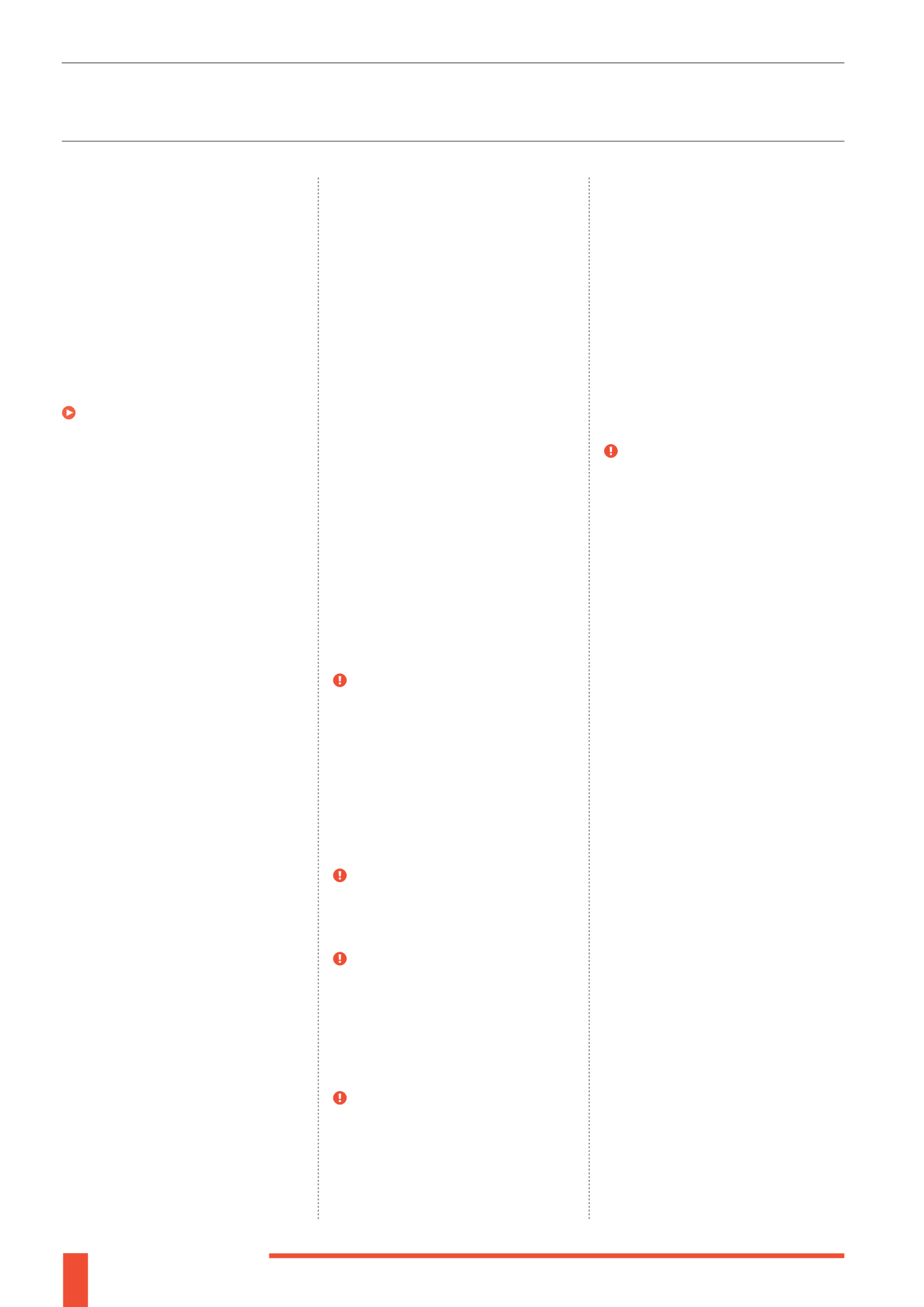
28
why expose the estate to any investment
risk? A change like this might leave those
investors whose estates now fall within
the new higher nil rate band looking to
exit - which may mean taking a loss if
they are in a hurry, especially if a
majority decide to take this course of
action at the same time (see our
comments on liquidity above). Similarly,
any change that exempted the primary
residence might have a comparable
effect.
A change to the BPR qualifying
criteria - these may be tightened up by a
government which took the view that
the current regime was too lax and a
change like this could see assets that
currently fall outside the estate,
suddenly fall back in!
A change like this would cause
generalist managers to quickly
rebalance their portfolios towards BPR
qualifying shares, potentially causing
some significant losses in those they are
exiting, whereas for SPV arrangements
and specialist managers, it could mean
their strategy would no longer work.
We’ve already mentioned that IHT
provides significant revenue for the
Treasury, so while raising the nil rate
band might be politically expedient,
it might not be fiscally prudent.
Nevertheless, more than in any other
asset class, investors and their advisers
need to be cognisant of government
policy and even what opposition
political parties propose. Certainly the
Conservatives promised to raise the
threshold to £1m before the last election
(obviously this never came to pass).
There is no doubt that as the value of
BPR grows, there will be a focus on it
from HMRC. However, unlike income
tax reliefs or other upfront reliefs,
IHT relief has a drip feed effect, as the
impact of the relief is only revealed
when individuals die and any avoidance
scheme would not have a dramatic
effect on HMRC’s cash flow.
The key metric for advisers and
investors in BPR products to watch is
the product’s track record on achieving
BPR - it has to be 100% or the product
is suspect. But note the nightmare
scenario - if the product suddenly has a
failure achieving BPR, all the remaining
investors are likely to want to exit at the
same time, potentially triggering the
liquidity crunch we hinted at earlier.
THE MANAGER’S DILEMMAS
Essentially, the managers of BPR
products are trying to strike the right
balance for the investor on three
key dilemmas: keeping risk low while
still qualifying for the relief, earning
meaningful returns and retaining
liquidity.
Striking this balance is of course one
of the key things managers are getting
paid for - but it is also wise for
advisers to have this conundrum in their
mind when assessing products, and
asking themselves where the product
sits on each of these three spectrums.
“OTHER” RISKS
There are a small number of other risks that
investors and advisers should bear inmind.
Timing
- the assets only qualify for
IHT relief two years after investment,
and must be held at the date of death.
The clock only starts ticking from the
moment the funds are invested by the
manager. So if an investment manager
is tardy placing the money, there may be
slightly longer wait before IHT relief is
achieved. Most managers aim to invest
the funds within 30 days.
Withdrawals
- funds that are
withdrawn no longer qualify for IHT
relief. If they are not spent, they will be
assessed as part of the estate on death.
Financial Services Compensation
Scheme
- If they were to fail, investors
could potentially be covered by the
Financial Services Compensation
Scheme, although this is limited to
£85,000 and does not cover failure of
the underlying investments.
C
onflicts of Interest
- in order
to achieve the levels of control and
influence that the managers want over
the underlying investments, they may
place members of their own team on
the board. This is usually done with
investors’ best interests in mind, but
it can conceivably lead to conflicts of
interest. These are usually managed
with a robust Conflicts of Interest policy,
but it is another risk that investors
must be mindful of. In some cases this
goes one step further and the BPR fund
invests in companies owned by the
same firm that owns the fund manager.
The questions remain the same: is it a
good investment, does the additional
control over the investee company
reduce or increase the risk to the
investor, and are the conflicts of interest
managed properly?
Deal Flow
- to run these products,
the provider must be confident of being
able to find enough new qualifying
investments to keep up with demand.
At a time when small businesses have
been starved of credit and investment
by the banks, this has not been an issue
and it feels like a very low level risk -
nevertheless, we would be remiss not to
mention it here. A source of good value
deal flow is vital to continue to run these
products.
INSURANCE AND
PORTFOLIO PROTECTION
A small number of BPR product
providers offer additional protection in
the form of either insurance policies or
a hedged portfolio.
There are insurance policies to cover
the two year qualification period for
IHT relief. These are structured to pay
out 40% of the investment in the event
that the investor dies within two years
of making an investment and thus cover
the IHT liability on this investment.
There are also insurance policies that
pay out a proportion (usually 20%) of
any loss at the time of the investor’s
death. This is really a statement of the
manager’s confidence in their ability
to achieve the investment objectives -
and a reflection of how crucial capital
preservation is with BPR products.
Protected portfolios use derivatives
such as contracts for difference (CFDs)
in order to hedge against any market
downturns. Derivatives have a poor
reputation post the 2008 crash, but
this is true hedging (rather than using
“Managers of BPR products are trying to strike the right balance on three key dilemmas”


